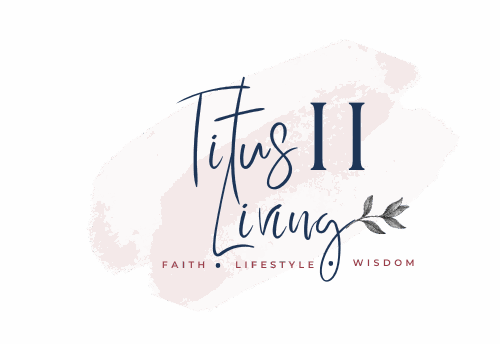Wills & Testaments are an unpleasant but necessary part of family planning, maintaining your business, and building generational wealth. It is challenging to think about dying and how our loved ones will cope once we are gone. Have you ever seen or heard of a grieving family struggling to raise money just to bury a loved one? Don’t let this be you! Part of building a healthy household corporation is to financially secure your family so that all needs and goals are met even in the event of a significant loss.
The first step to creating your Last Will & Testament is to set financial goals for your family and your business (if applicable). See previous blog post “Setting Financial Goals” for tips. You will need a separate Last Will & Testament for your business. The personal document protects the interests and financial security of your household corporation while the business document protects business partners, suppliers, and customers. The second step is to have the HARD conversation with family and business partners about what actions are to take place in the event of a death (this includes children).
The document should cover in detail; funeral arrangements, full names of beneficiaries with survivorship clauses, death benefit distribution plan, role expectations, and any limitations/restrictions. For example, a deceased father shall name his wife as the primary beneficiary and include a survivorship clause for each of their children in the event that his wife is also deceased. In his benefit distribution plan he instructs that the primary home mortgage, funeral costs, and the children’s college funds are paid in full. It is also his expectation that either the primary beneficiary or the eldest living survivor become the Executor of your Estate and to ensure that the benefit plan is carried out as written.
The Last Will & Testament is a legal document that is upheld by the law according to the state you live. In the last step, it is important to have an attorney review your document and file it with the probate court of the county in which you live. This document should be reviewed every year and updated as life changes (i.e. new business partner, new baby). There are many online tools and companies such as Legal Zoom that will help you. You can also check with your employer to see if they offer legal resources. If you need assistance organizing your information or creating your benefit plan, please contact Dr. GNP.
DR. GNP
ADVISE | TEACH | GOVERN
jennoa.graham@gmail.com | www.drgnp.com
Do you have your will & testament in place? Do you have a question or need help? Leave a comment below!

